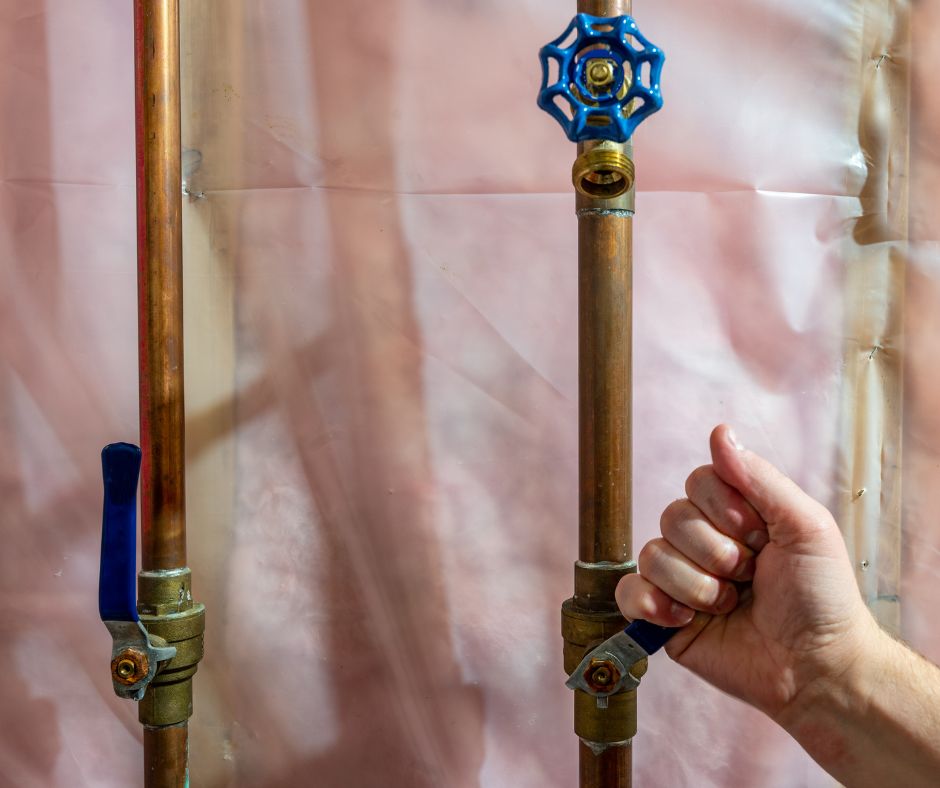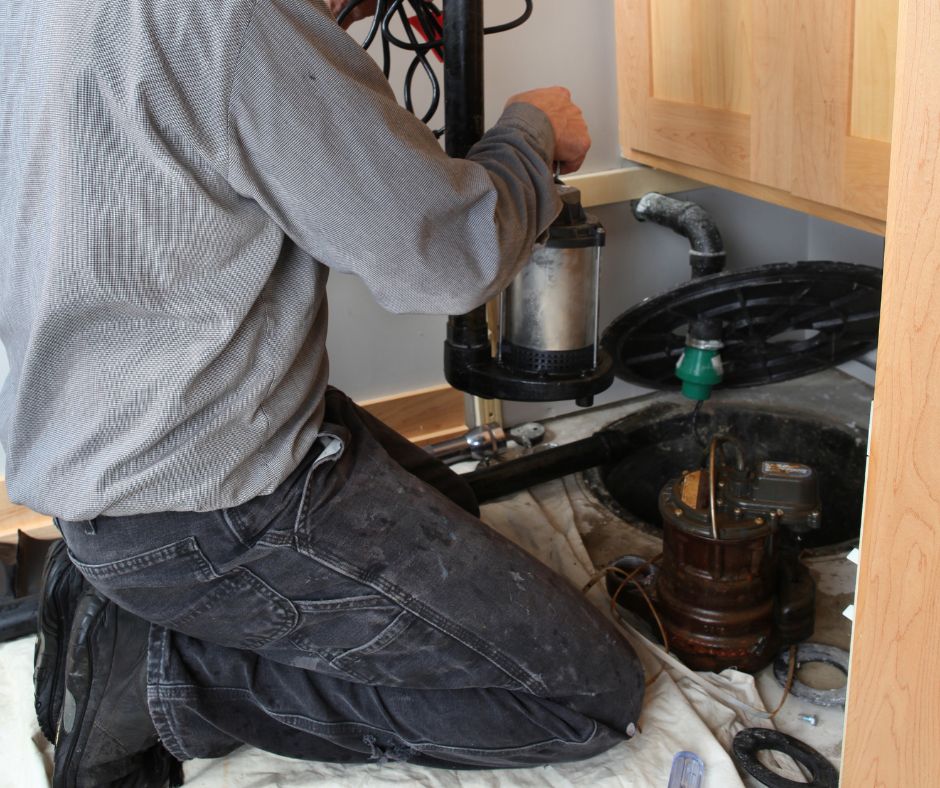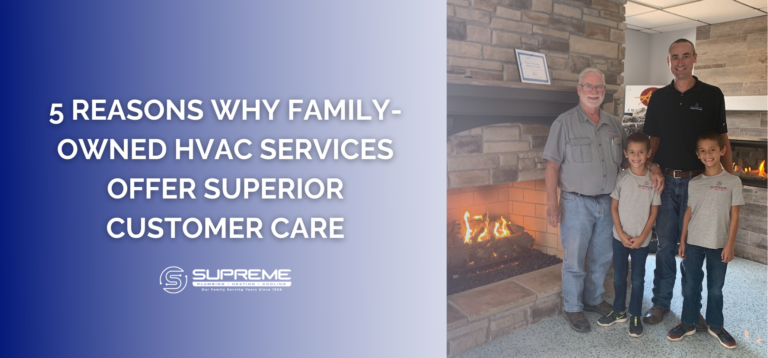Buying your first home is exciting, and now you get to take the reins on keeping it running smoothly! With a few simple plumbing tips, you can stay ahead of small issues and feel confident in caring for your home. A little “know-how” goes a long way in keeping everything flowing (and your wallet happy).
Here are 10 plumbing tips every first-time homeowner should keep in their back pocket.
1. Learn Where Your Main Water Shut-Off Valve Is
If a pipe bursts, seconds matter. Find your home’s main water shut-off valve now, before you need it. Usually, it’s near where the water line enters the house, such as in the basement, crawl space, or utility closet. Knowing how to turn it off can prevent thousands of dollars in water damage.

2. Know the Signs of a Hidden Leak
Not all leaks announce themselves with a puddle. Watch for damp spots on ceilings, walls, or floors, unusually high water bills, or the sound of running water when everything’s turned off. Catching leaks early keeps damage, and repair costs, to a minimum.
3. Don’t Ignore Slow Drains
That sink that’s draining a little slower each week? It’s giving you a sign that there might be an issue. Slow drains are usually a sign of buildup in your pipes. Skip the harsh chemical drain cleaners (they can eat away at your plumbing) and try a plunger or a drain snake, or give us a call if it’s stubborn.
4. Be Kind to Your Garbage Disposal
Your disposal isn’t a trash can. Avoid dumping grease, coffee grounds, fibrous veggies (like celery or corn husks), or bones down the drain. These can cause clogs and damage the blades.
5. Test Your Sump Pump
If your home has a basement, check your sump pump, especially before heavy rains. Pour a bucket of water into the pit; the pump should kick on and drain the water away. If it doesn’t, it’s time to have it serviced. A working sump pump = a dry basement.

6. Keep an Eye on Your Water Heater
Know how old your water heater is and keep an eye out for leaks or rust. Most last about 8–12 years. Flushing it once a year helps remove sediment, which can improve efficiency and extend its life.
7. Insulate Pipes in Cold Weather
Frozen pipes are a nightmare. If temps drop below freezing, wrap exposed pipes (especially in garages, basements, or crawl spaces). A little insulation now can save you from a big, expensive mess later.

8. Install Drain Screens
A simple, inexpensive fix that prevents a ton of future headaches: drain screens. Pop them in showers, tubs, and sinks to catch hair, soap scum, and food bits before they ever make it into your pipes. They’re easy to clean and way cheaper than calling for a clog.
9. Check Water Pressure
High water pressure feels nice in the shower, but it’s tough on pipes and appliances. A simple gauge (available at hardware stores) can tell you where you’re at. Ideally, keep it between 40–60 psi. If it’s too high, consider installing a pressure-reducing valve.
10. Build a Relationship With a Trusted Plumber
Finally, the most important tip: know who to call. Emergencies are a lot less stressful when you already have a plumber you trust. Whether it’s a dripping faucet or a burst pipe, we’re here to help keep your home’s plumbing in good shape.
A Little Prep = A Lot Less Stress
Owning a home is a big step, but you don’t have to learn everything the hard way. Staying ahead of plumbing issues with these simple tips will save you time, money, and a few headaches along the way. And when do you need a pro? We’re just a call away.
Schedule your plumbing inspection or repair today and enjoy the peace of mind that comes with knowing your home is in good hands.











